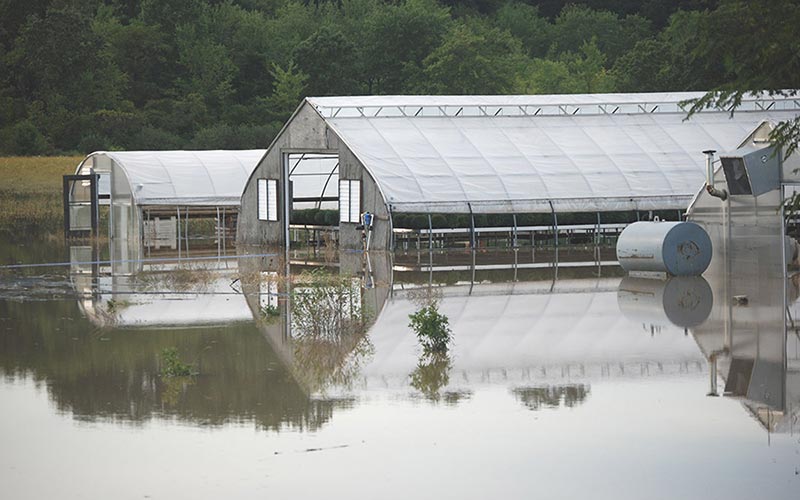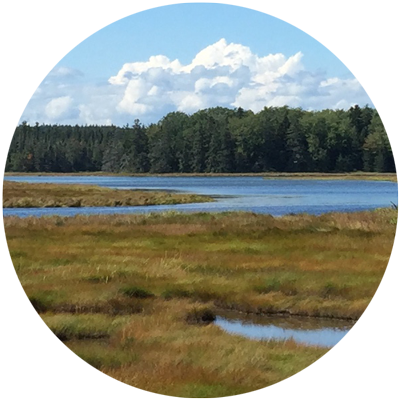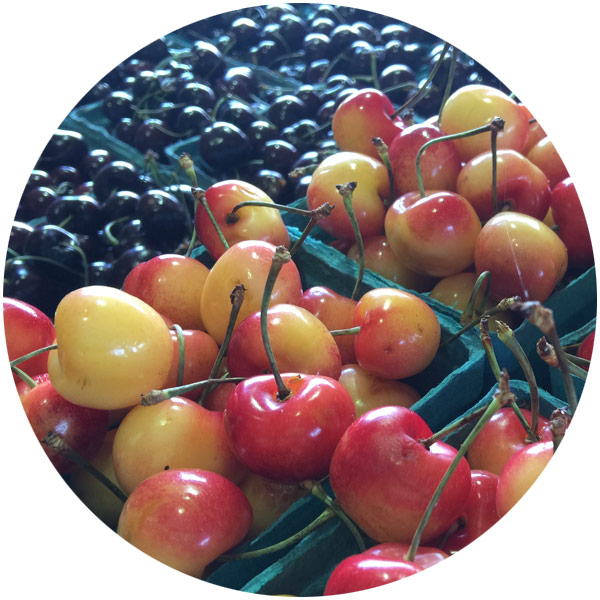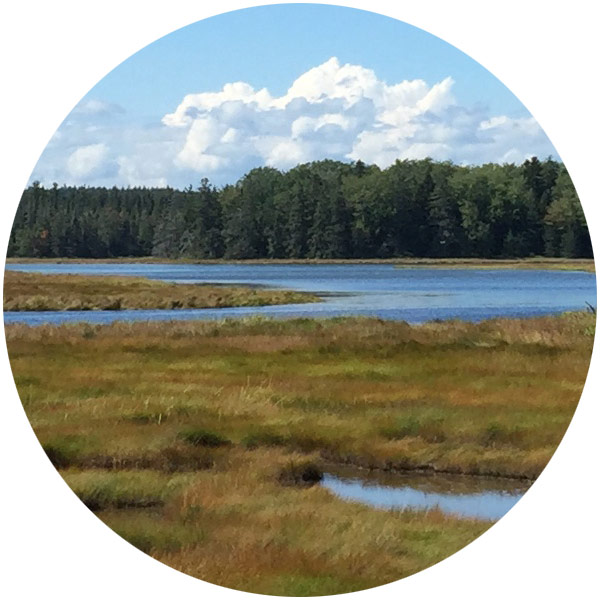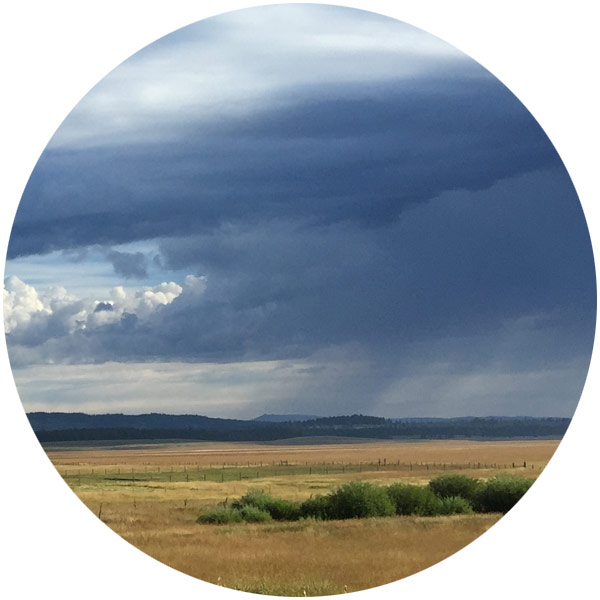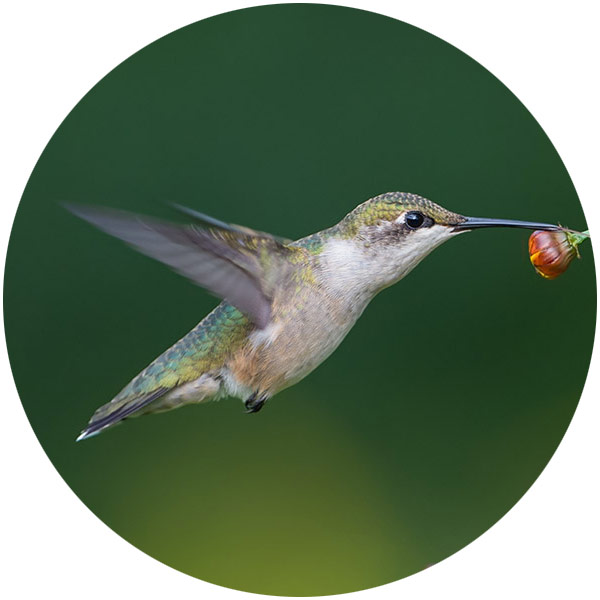Home > Climate News >
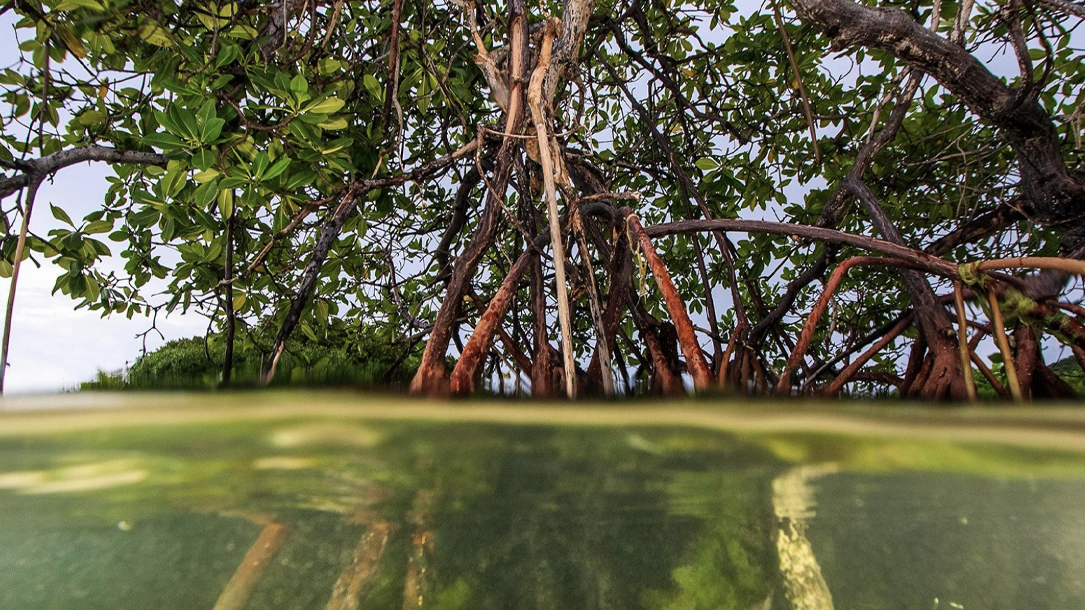
How nature can get us 37 percent of the way to the Paris Climate Target
“The last two years have seen significant global advancement on climate action, with hundreds of global businesses and national and sub-national leaders building on the momentum of the Paris Agreement to initiate new climate pledges, initiatives and funding programs. But there remains a gap between promised action and realized climate progress, and many solutions available to us now remain underutilized—especially in the land sector, which currently accounts for nearly a quarter of greenhouse gas emissions…”
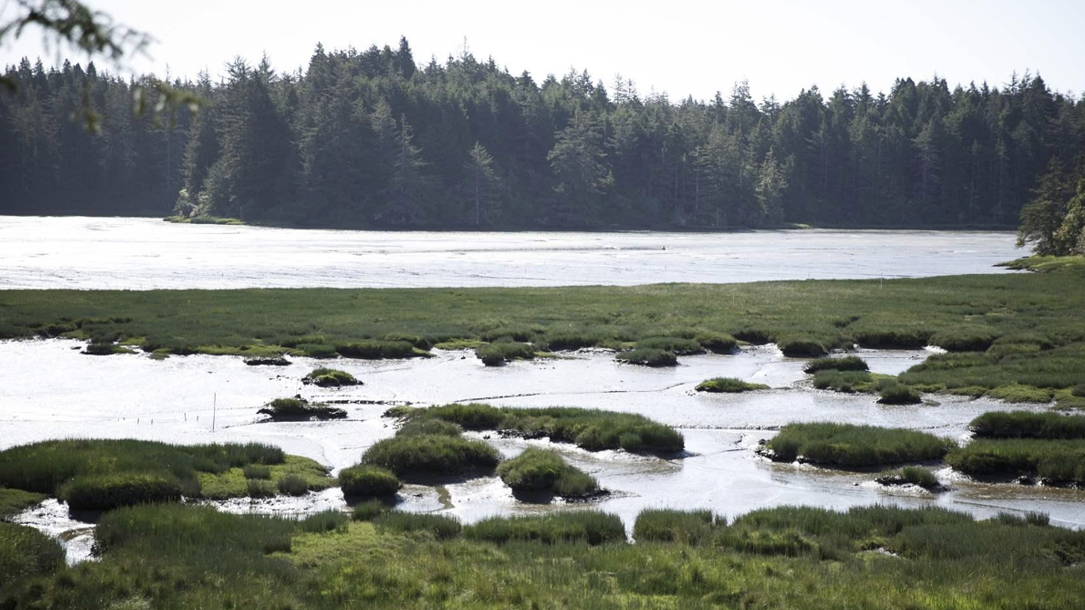
How can states set ‘blue carbon’ baselines to help meet their climate goals?
As awareness grows of the important contributions of “blue carbon” habitats—such as salt marsh, tidal forested wetlands, and seagrass beds—in sequestering carbon and reducing climate change impacts, states are beginning to incorporate these coastal ecosystems into their strategies for reducing emissions and enhancing carbon storage through improved management of natural and working lands.
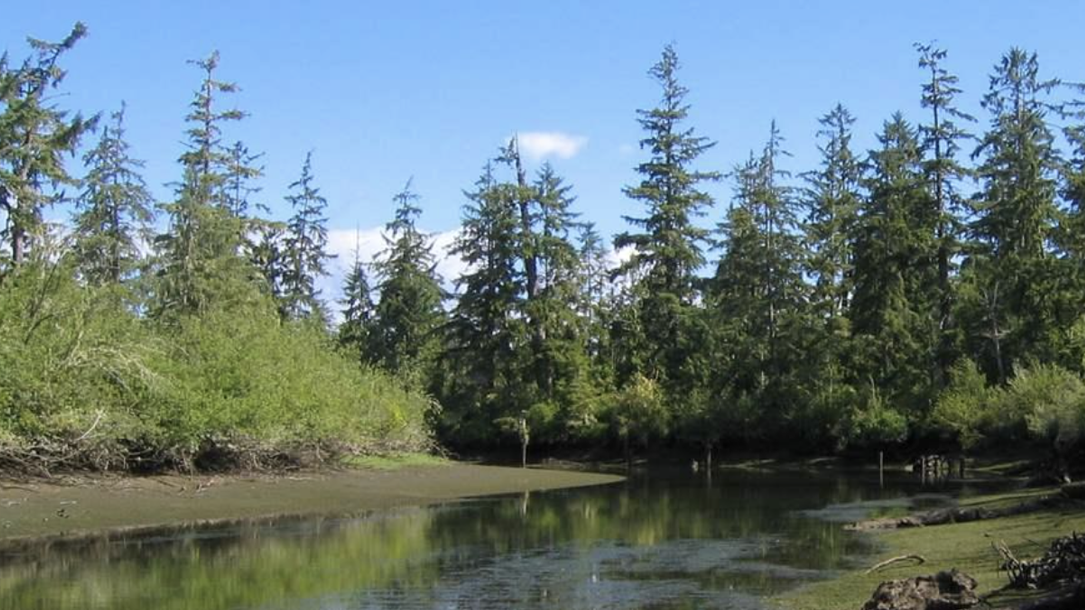
States can use federal data to assess ‘blue carbon’ and combat climate change
During a recent webinar hosted by The Pew Charitable Trusts, experts from the U.S. Environmental Protection Agency and Silvestrum Climate Associates highlighted how new and expanded federal data resources can help states catalog and conserve “blue carbon”— carbon captured and stored in coastal wetlands…

Alley cropping case studies in Appalachia
The Natural Resource Conservation Service (NRCS) describes alley cropping as having several conservation purposes, including reducing surface water runoff and erosion, improving soil health, altering subsurface water quantity or water table depths, enhancing wildlife and beneficial insect habitat, increasing crop diversity, and increasing carbon storage.
Much like agrivoltaics with crops and/or cattle, the combined farming practice can increase overall yields and benefits. Plus, funding may be available. The case study focuses on Appalachia but could be emulated elsewhere.
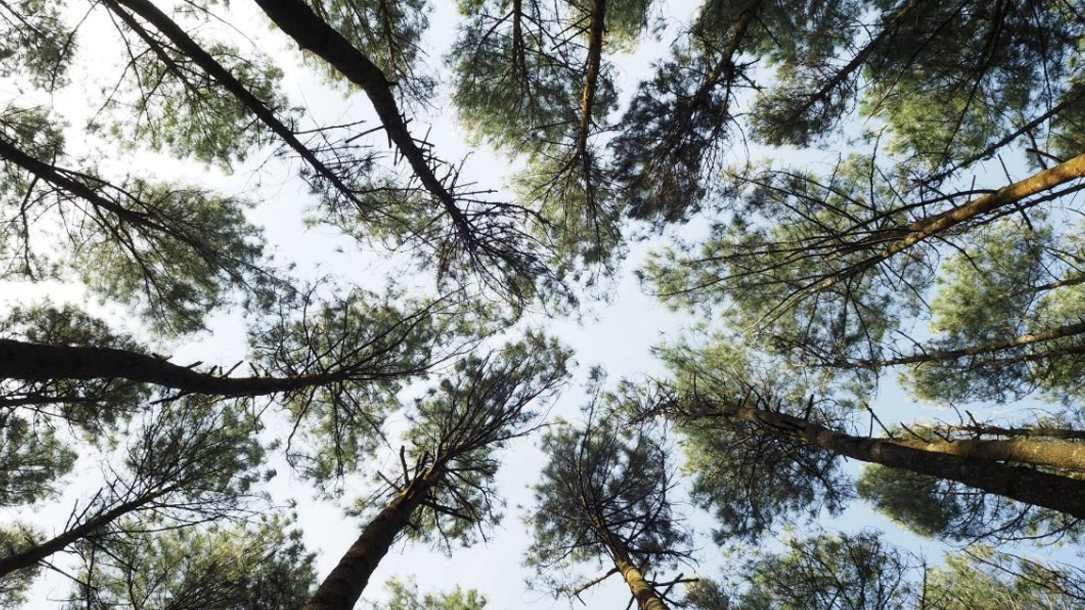
New York City’s greenery absorbs a surprising amount of its carbon emissions
A study of vegetation across New York City and some densely populated adjoining areas has found that on many summer days, photosynthesis by trees and grasses absorbs all the carbon emissions produced by cars, trucks and buses, and then some. The surprising result, based on new hyper-local vegetation maps, points to the underappreciated importance of urban greenery in the carbon cycle…
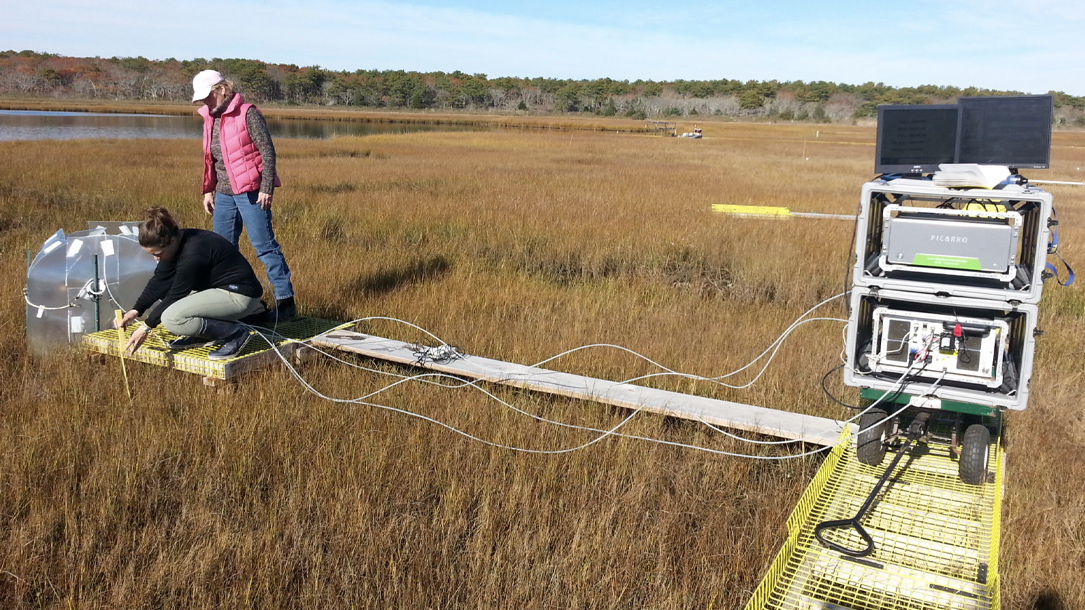
Low salt marsh habitats release more carbon in response to warming, a new study finds
Salt marshes, excellent reservoirs of carbon, are living ecosystems with vegetation and microscopic organisms that live, breathe, poop, and die in the marsh mud.
“This is a place where you could get the biggest bang for your buck, if you will, if you’re interested in trying to invest some resources in sequestering carbon using biological systems,” said Serena Moseman-Valtierra, an associate professor of biological science at the University of Rhode Island.
Yet as temperatures rise, marshes at the lowest elevations may also be significant emitters of carbon…
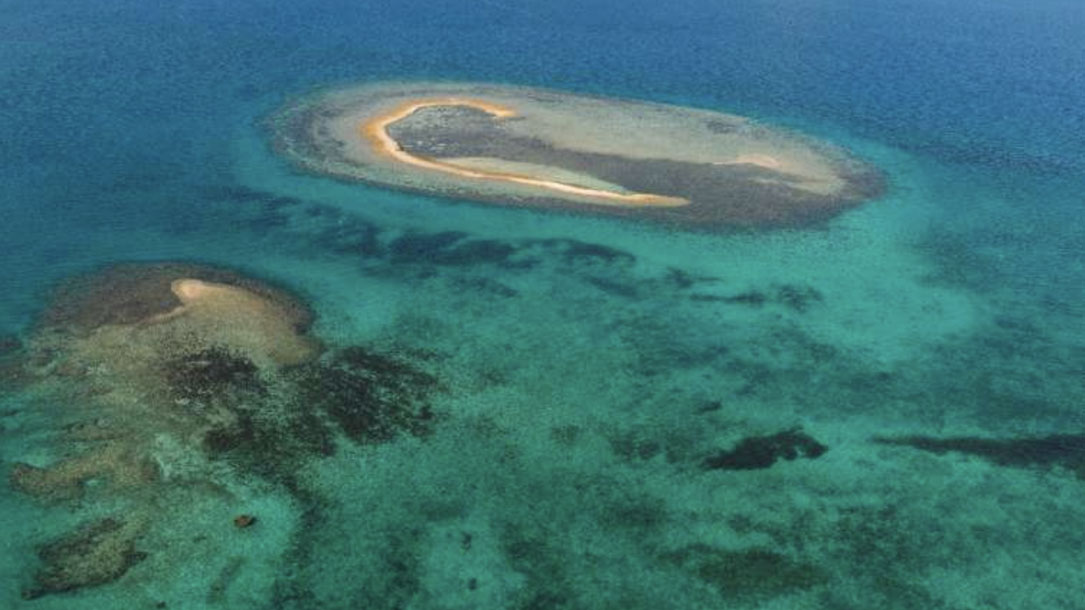
Scientists sound alarm as ocean temperatures hit new record
The world’s oceans, which have absorbed most of the excess heat caused by humanity’s carbon pollution, continued to see record-breaking temperatures last year, according to research published Wednesday.
Climate change has increased surface temperatures across the planet, leading to atmospheric instability and amplifying extreme weather events such as storms…
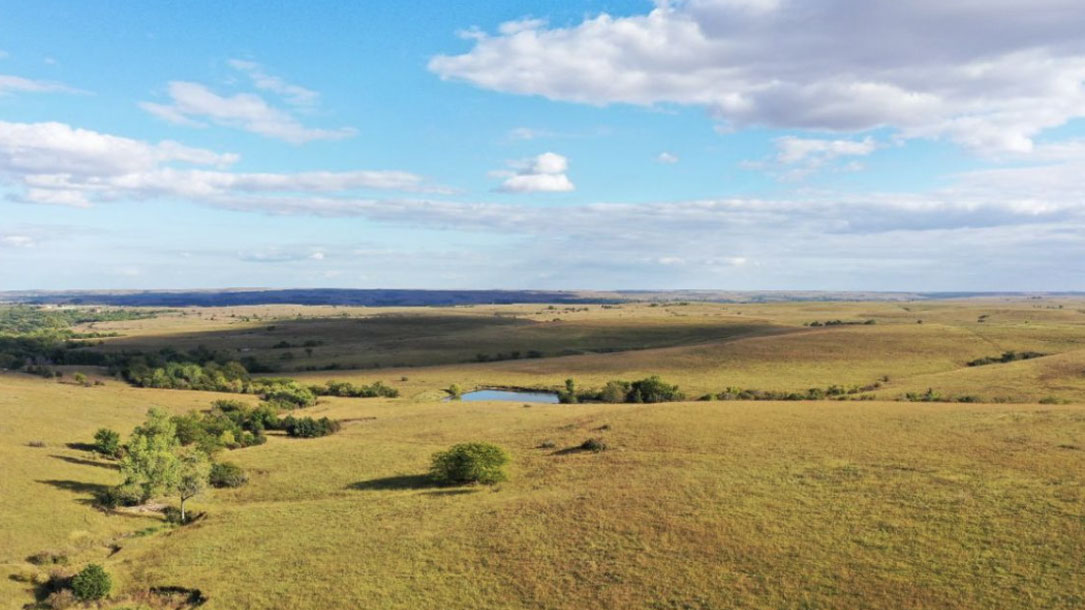
Ancient grasslands guide ambitious goals in grassland restoration
Grasslands, which constitute almost 40% of the terrestrial biosphere, provide habitat for a great diversity of animals and plants and contribute to the livelihoods of more than 1 billion people worldwide. Whereas the destruction and degradation of grasslands can occur rapidly, recent work indicates that complete recovery of biodiversity and essential functions occurs slowly or not at all. Grassland restoration—interventions to speed or guide this recovery—has received less attention than restoration of forested ecosystems, often due to the prevailing assumption that grasslands are recently formed habitats that can reassemble quickly. Viewing grassland restoration as long-term assembly toward old-growth endpoints, with appreciation of feedbacks and threshold shifts, will be crucial for recognizing when and how restoration can guide recovery of this globally important ecosystem.
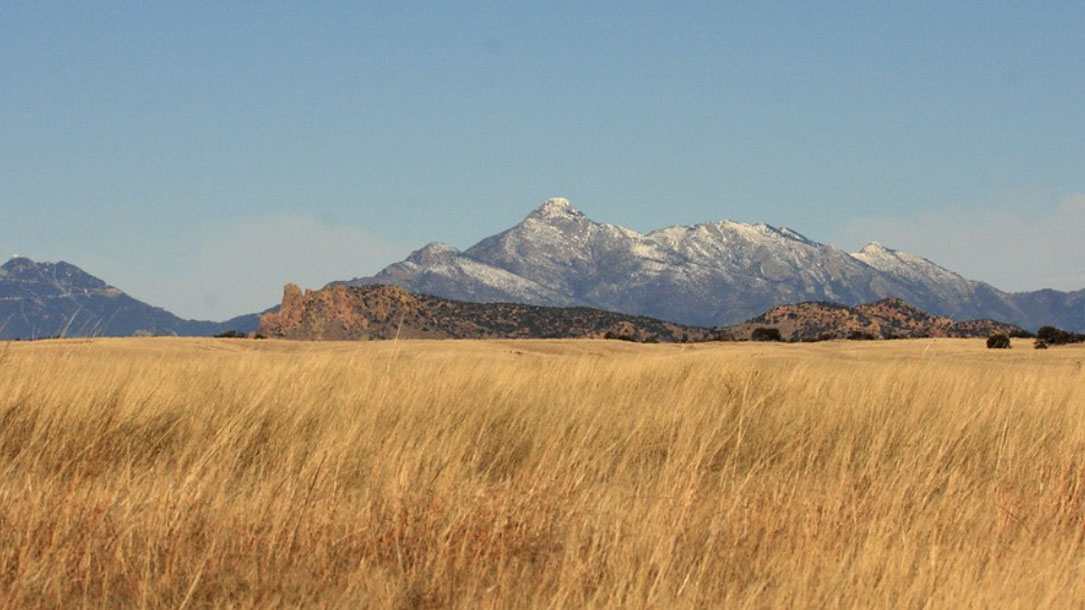
Oft-overlooked grasslands build biodiversity, resilience over centuries
Grasslands’ biodiversity and resilience to disturbances such as fire, heat, and drought is the result of a slow process over hundreds of years, like that of old-growth forests, finds new CU Boulder-led research.
Published in the journal Science on August 5, 2022 as part of a special issue on grasslands, the study contradicts years of assumptions that grasslands’ ecological development is quick and their recovery is rapid, posing new challenges to their successful restoration.
“Old-growth grasslands have a unique suite of characteristics that develop over a really long time…”
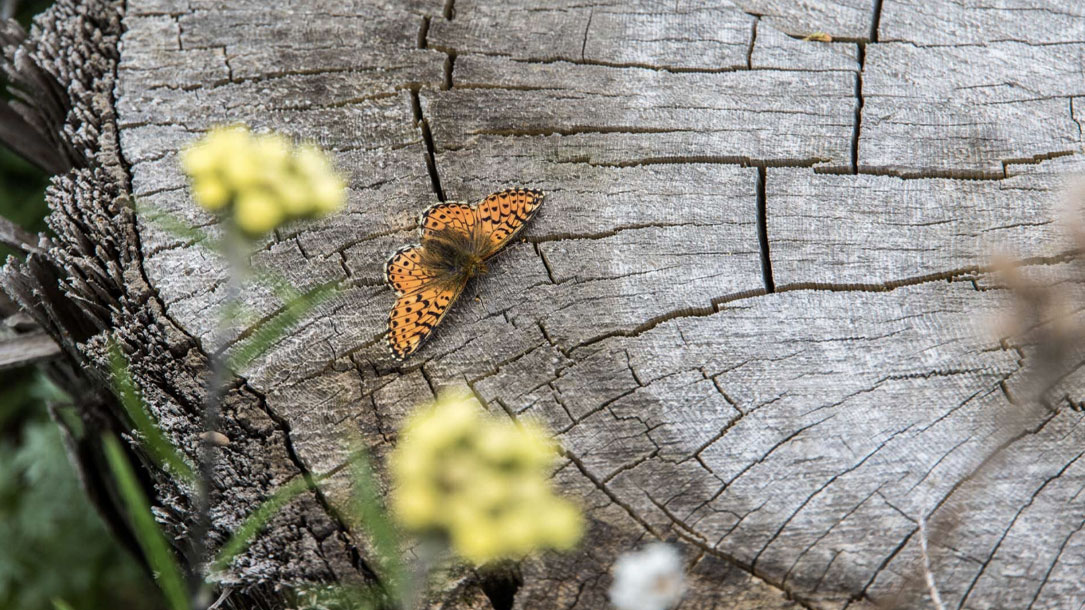
Old-growth trees more drought tolerant than younger ones, providing a buffer against climate change
A new analysis of more than 20,000 trees on five continents shows that old-growth trees are more drought tolerant than younger trees in the forest canopy and may be better able to withstand future climate extremes.
The findings highlight the importance of preserving the world’s remaining old-growth forests…

